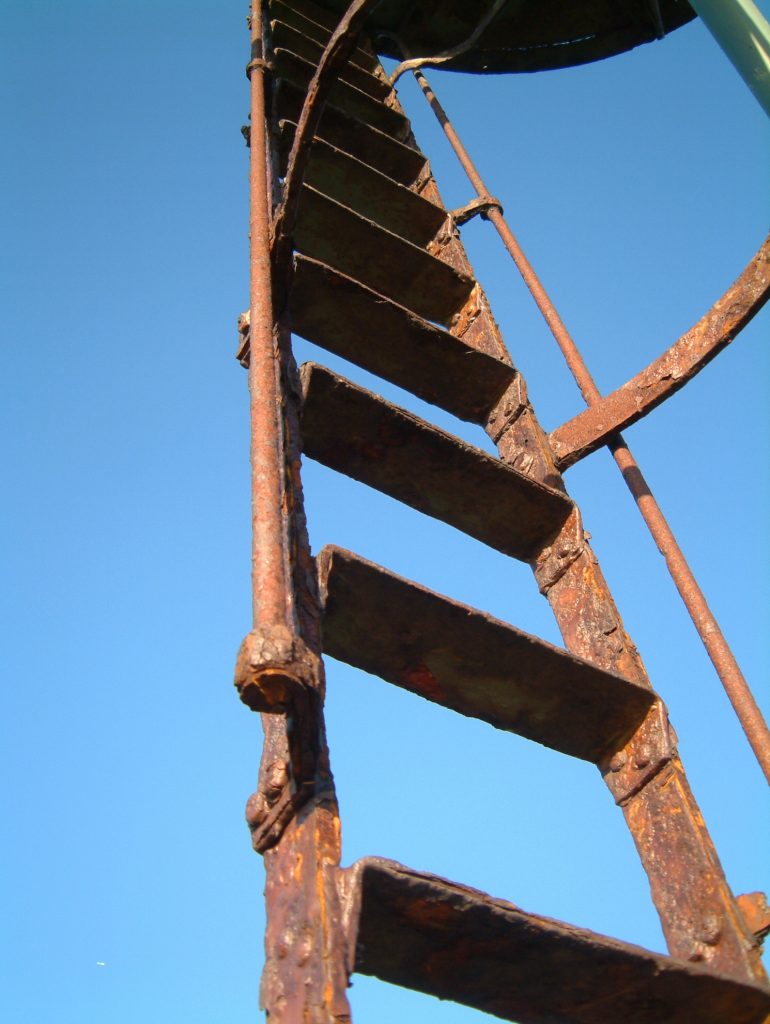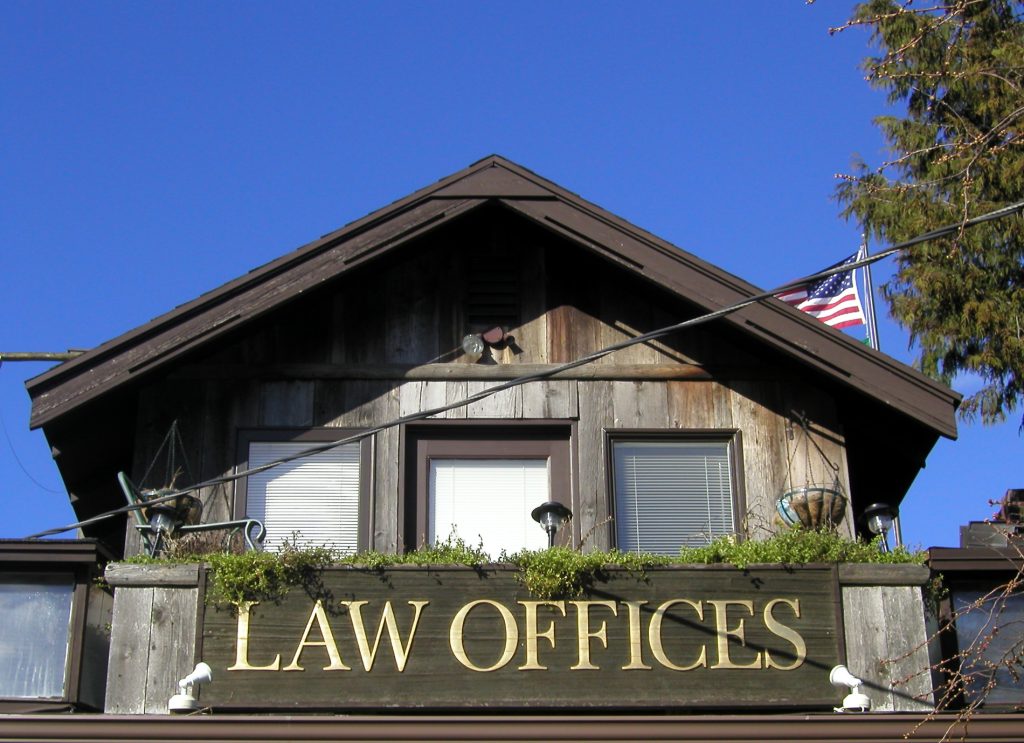 The Court of Appeals in the Second Circuit of Louisiana recently took on a “case within a case.” This phrase is used in situations of legal malpractice against an attorney’s actions. For years a standard was set for these trials that required the client of the malpracticing attorney to prove the amount of damages by going through the original case they brought to the attorney. Jenkins v St. Paul Fire & Marine Insurance Co set forth a new standard. Jenkins v. St. Paul Fire & Marine Ins. Co., 422 So. 2d 1109 – La: Supreme Court 1982.
The Court of Appeals in the Second Circuit of Louisiana recently took on a “case within a case.” This phrase is used in situations of legal malpractice against an attorney’s actions. For years a standard was set for these trials that required the client of the malpracticing attorney to prove the amount of damages by going through the original case they brought to the attorney. Jenkins v St. Paul Fire & Marine Insurance Co set forth a new standard. Jenkins v. St. Paul Fire & Marine Ins. Co., 422 So. 2d 1109 – La: Supreme Court 1982.
In Jenkins the court decided that in situations where a plaintiff proves his prima facie case upon a showing that his former attorney is negligent (such as a showing that your attorney did not file your lawsuit in time) it makes more sense for the negligent attorney to carry the burden of overcoming the client’s accusations by proving they never could have won their original claim. Then the jury would be left with deciding causation and damages. Therefore, if the client can prove the attorney accepted the job and failed to timely assert the claim there is a prima facie case of negligence against the attorney. From here, the burden is on the negligent attorney to overcome the claim of legal malpractice. To do this the negligent attorney will typically try to show that the client would have never won the lawsuit he was hired to pursue on their behalf. Such a situation is shown in the facts below:
In May 2009 the Plaintiffs, suriving daughters of Brenda Noid, hired attorney Mason Oswalt for a medical malpractice/wrongful death claim arising from the death of their mother. On February 8, 2010 Oswalt filed the complaint naming a doctor, and St. Francis Medical Center as the Defendants. Oswalt received a letter dated February 18, 2010 from Patient’s Compensation Fund (“PCF”) saying Oswalt had until April 5, 2010 to pay a $300 filing fee. The payment was not done in time and the PCF notified Oswalt that the claim was not going to be considered. Oswalt sent a $300 check to PCF on May 6, 2010 asking that the Plaintiff’s claim be reinstated because the failure to pay was because of a clerical error. The PCF denied this request on May 12, 2010.
 Louisiana Personal Injury Lawyer Blog
Louisiana Personal Injury Lawyer Blog


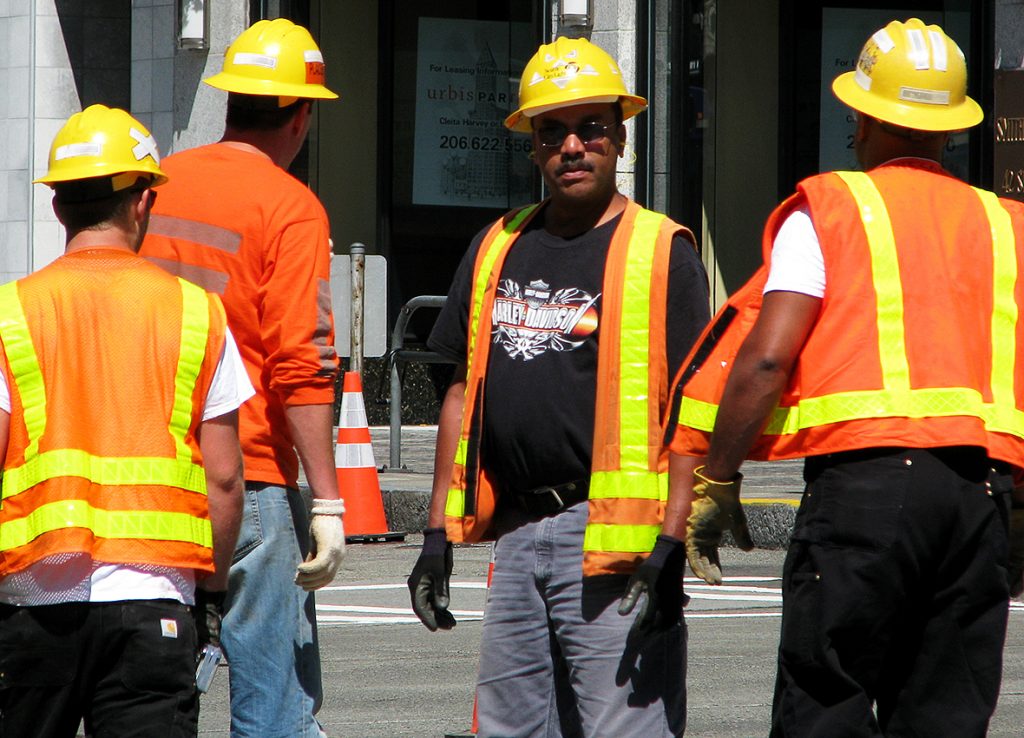 Construction contracts can be confusing because contractors often use many subcontractors to carry out the terms of the contract. This is why when a dispute arises those involved in construction contracts need the best lawyer possible to untangle contractual provisions especially in the context of payment to subcontractors.
Construction contracts can be confusing because contractors often use many subcontractors to carry out the terms of the contract. This is why when a dispute arises those involved in construction contracts need the best lawyer possible to untangle contractual provisions especially in the context of payment to subcontractors. When the law is clear and unambiguous and its application does not lead to absurd consequences, then the law shall be applied as written and no further interpretation may be made in search of the intent of the legislature. If however there are multiple interpretations to a statute, the court will examine it in order to figure out what the legislative intent was behind it in hopes of clearing up any and all ambiguities. The Louisiana Fifth Circuit Court of Appeal was recently faced with the task of interpreting a statute in order to determine whether or not it was properly applied at the trial level. The particular piece of legislation at issue is Louisiana’s Code of Civl Procedure
When the law is clear and unambiguous and its application does not lead to absurd consequences, then the law shall be applied as written and no further interpretation may be made in search of the intent of the legislature. If however there are multiple interpretations to a statute, the court will examine it in order to figure out what the legislative intent was behind it in hopes of clearing up any and all ambiguities. The Louisiana Fifth Circuit Court of Appeal was recently faced with the task of interpreting a statute in order to determine whether or not it was properly applied at the trial level. The particular piece of legislation at issue is Louisiana’s Code of Civl Procedure 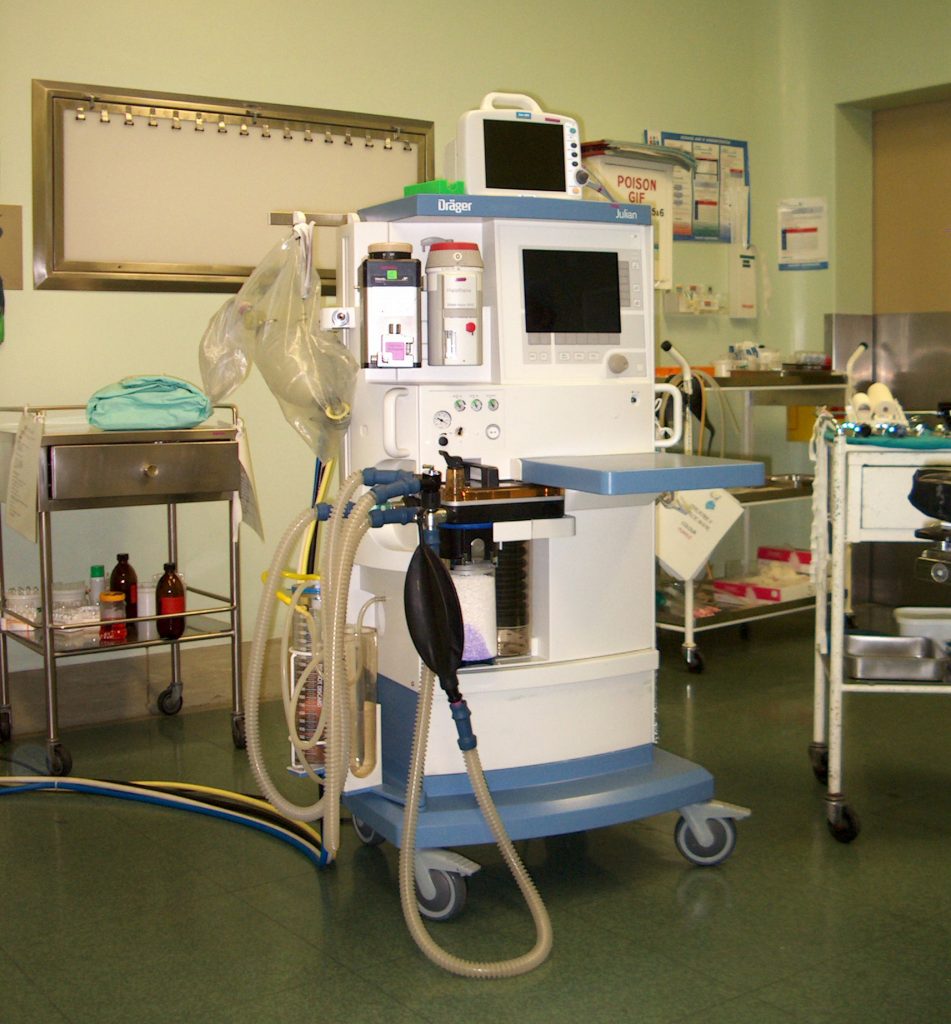 Medical malpractice lawsuits can be extremely tough cases involving complex areas of medicine. The best lawyers involved in medical malpractice lawsuits know that great experts are necessary to help prove their case. The following lawsuit out of Jefferson Parish shows how a medical malpractice case can be effected if the right experts are not chosen to advocate on the Plaintiff’s behalf.
Medical malpractice lawsuits can be extremely tough cases involving complex areas of medicine. The best lawyers involved in medical malpractice lawsuits know that great experts are necessary to help prove their case. The following lawsuit out of Jefferson Parish shows how a medical malpractice case can be effected if the right experts are not chosen to advocate on the Plaintiff’s behalf.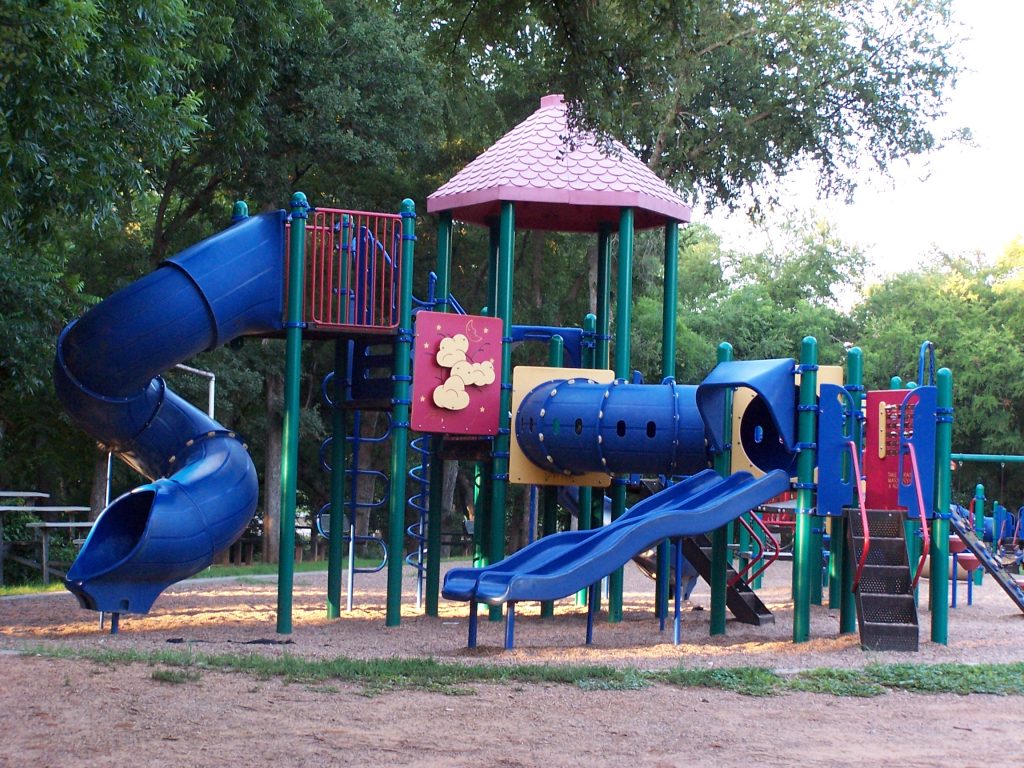 Playgrounds bring great joy to young children. Countless hours are spent sliding down slides, swinging on swings and traversing monkey bars throughout the state of Louisiana. While it might come as news to some, playground equipment has certain set standards for what age range is appropriate to play on the equipment. In a recent case involving a Baptist Church Aftercare program in Jefferson Parish these standards were discussed when unfortunately a young girl broke her arm while playing on their playground.
Playgrounds bring great joy to young children. Countless hours are spent sliding down slides, swinging on swings and traversing monkey bars throughout the state of Louisiana. While it might come as news to some, playground equipment has certain set standards for what age range is appropriate to play on the equipment. In a recent case involving a Baptist Church Aftercare program in Jefferson Parish these standards were discussed when unfortunately a young girl broke her arm while playing on their playground.

 Medical malpractice lawsuits are known to be some of the most complicated, technical cases for injured parties. The average person does not have enough technical knowledge to infer negligence from a medical act or result. Because of this, many plaintiffs have to rely on expert testimony to explain nuanced details of the case and, ultimately, prove their case.
Medical malpractice lawsuits are known to be some of the most complicated, technical cases for injured parties. The average person does not have enough technical knowledge to infer negligence from a medical act or result. Because of this, many plaintiffs have to rely on expert testimony to explain nuanced details of the case and, ultimately, prove their case. 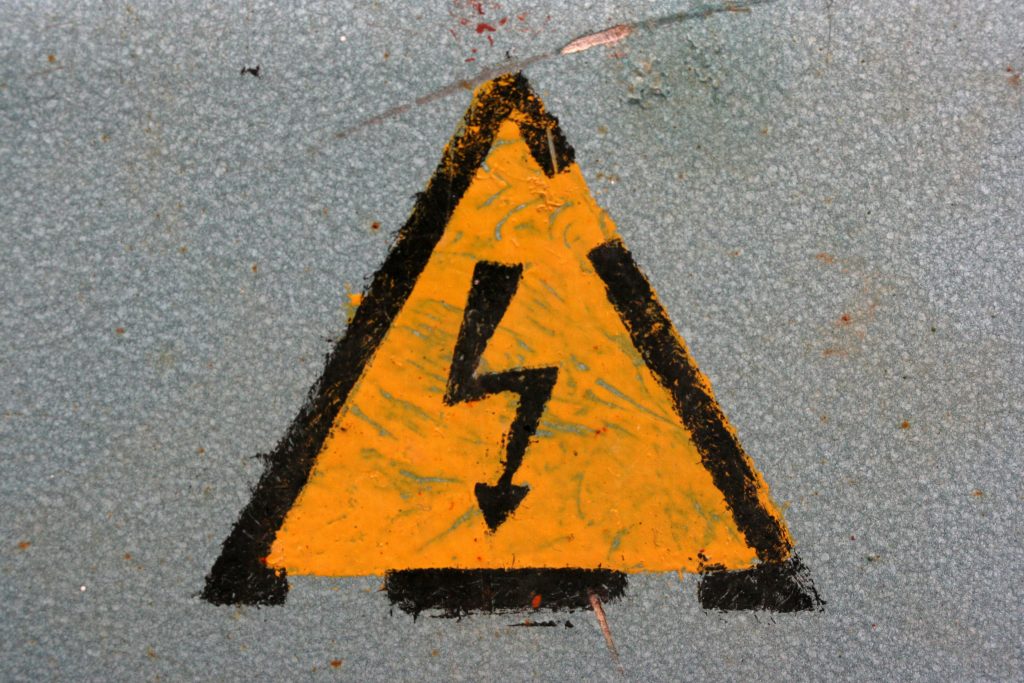 On the afternoon of April 13, 2011, Officer J.M. Bassett of the Shreveport Police Department heard loud music coming from a motorcycle parked at 251 E. 72nd in Shreveport Louisiana. When Officer Bassett attempted to make contact with the man, Jessie Scott, Scott became hostile. As the situation escalated, Officer Bassett employed his Taser stun gun and handcuffed Mr. Scott, placing him into custody and transporting Mr. Scott to the police station. At the station, Mr. Scott complained of chest pain and Mr. Scott was taken to the Louisiana State University Health Sciences Center, where it was determined that Mr. Scott was having a heart attack.
On the afternoon of April 13, 2011, Officer J.M. Bassett of the Shreveport Police Department heard loud music coming from a motorcycle parked at 251 E. 72nd in Shreveport Louisiana. When Officer Bassett attempted to make contact with the man, Jessie Scott, Scott became hostile. As the situation escalated, Officer Bassett employed his Taser stun gun and handcuffed Mr. Scott, placing him into custody and transporting Mr. Scott to the police station. At the station, Mr. Scott complained of chest pain and Mr. Scott was taken to the Louisiana State University Health Sciences Center, where it was determined that Mr. Scott was having a heart attack.